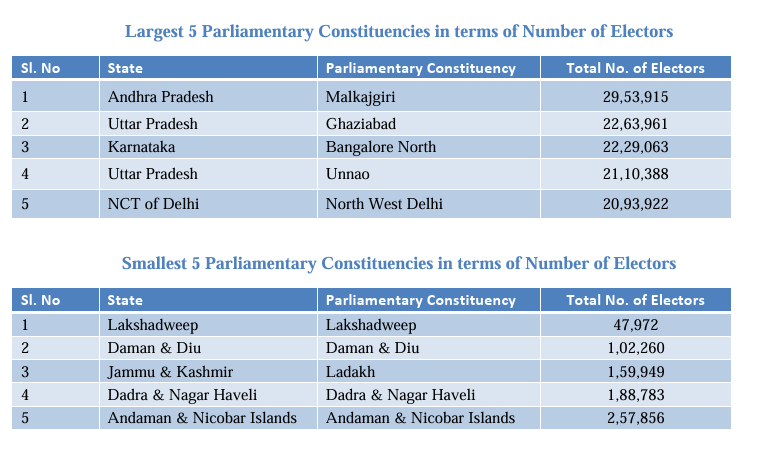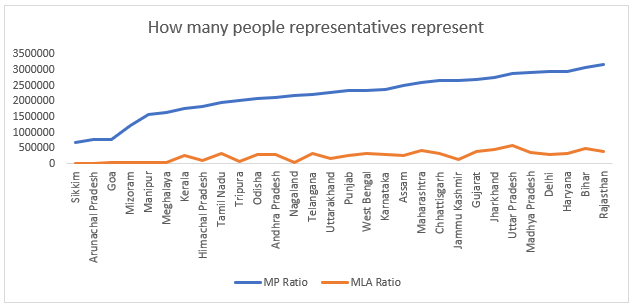7667766266
enquiry@shankarias.in
Main Syllabus : Paper III | General Studies II | Issues and challenges pertaining to the federal structure; Parliament and State legislatures—structure, functioning.
In the recent conclave of southern Chief Ministers and other political leaders, including the Chief Minister of Punjab, the Joint Action Committee on Fair Delimitation demanded that the freeze on the number of parliamentary constituencies, based on the 1971 Census, be extended for another 25 years.
|
Delimitation Commission |
|


In 1971, 73.2% of India's population was residing in rural areas and 26.8% in urban areas . In 2011, the rural share decreased to 68.84 % and the urban share increased to 31.16.

|
States |
Number of seats in Lok Sabha |
Percentage |
|
Uttar Pradesh |
80 |
14.73% |
|
Maharashtra |
48 |
8.84% |
|
West Bengal |
42 |
7.74% |
|
Bihar |
40 |
7.37% |
|
Tamil Nadu |
39 |
7.18% |